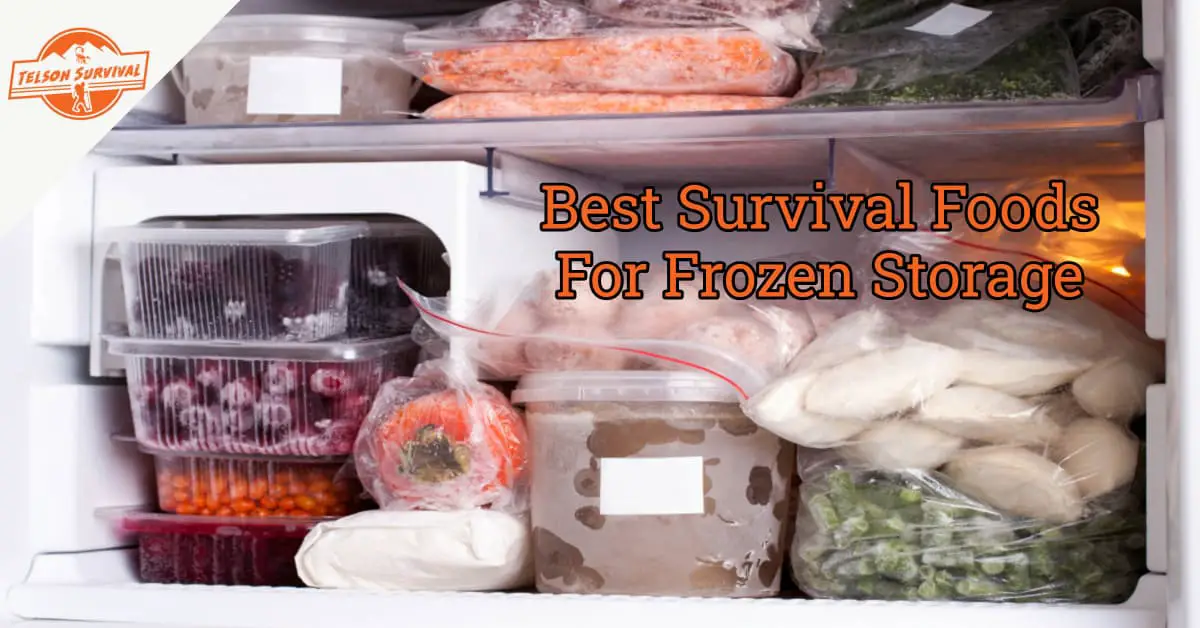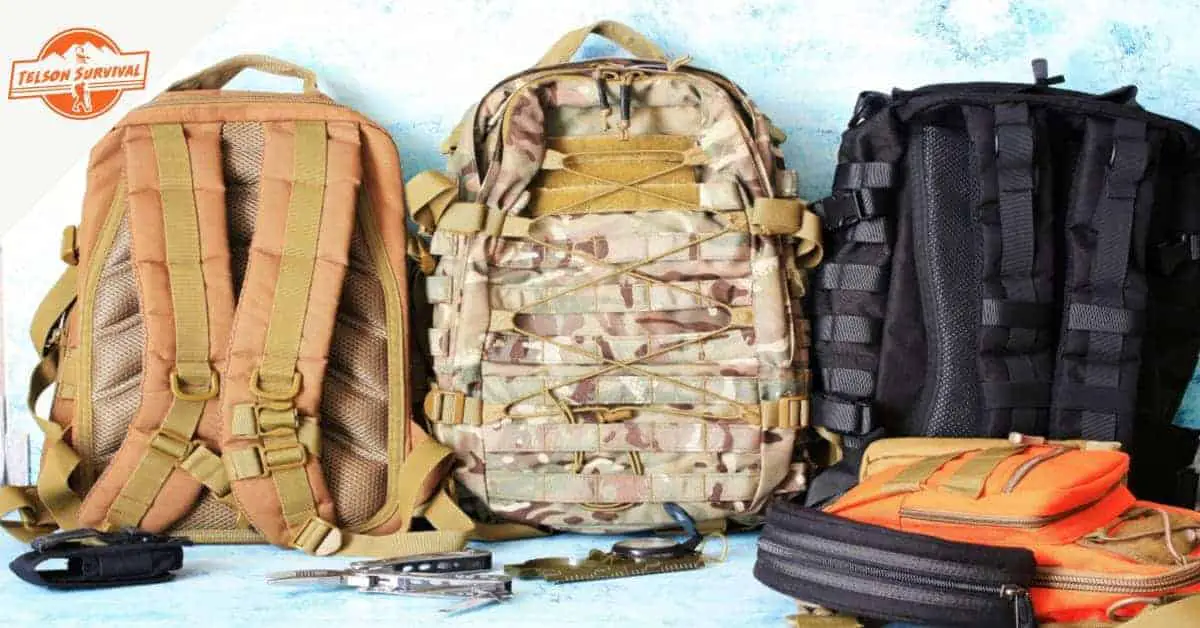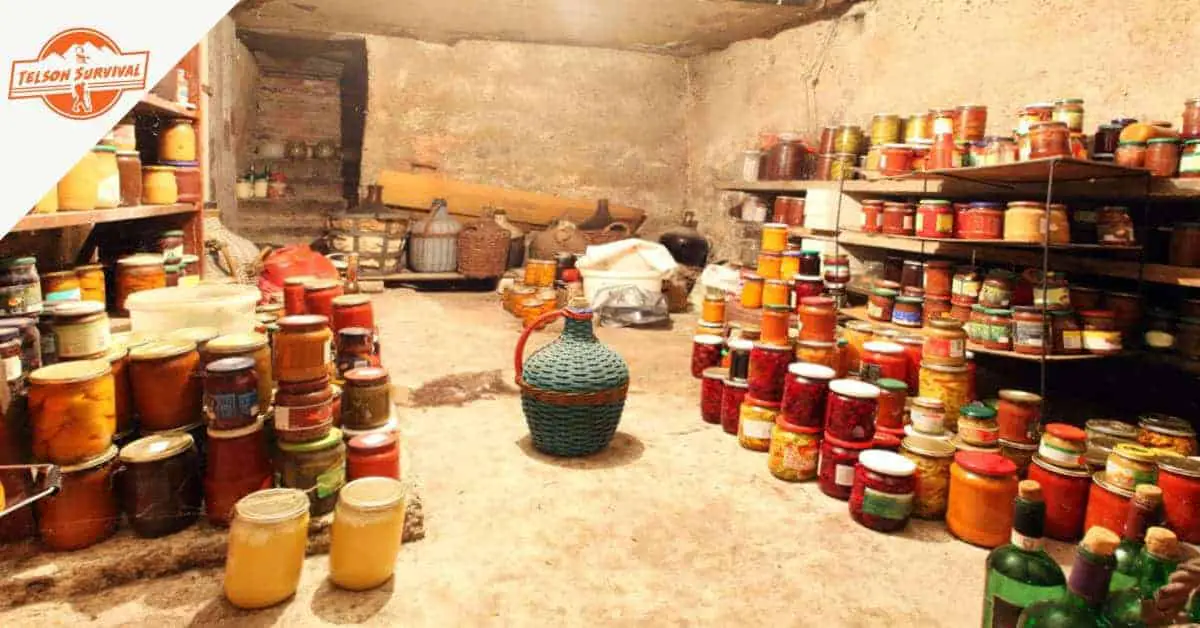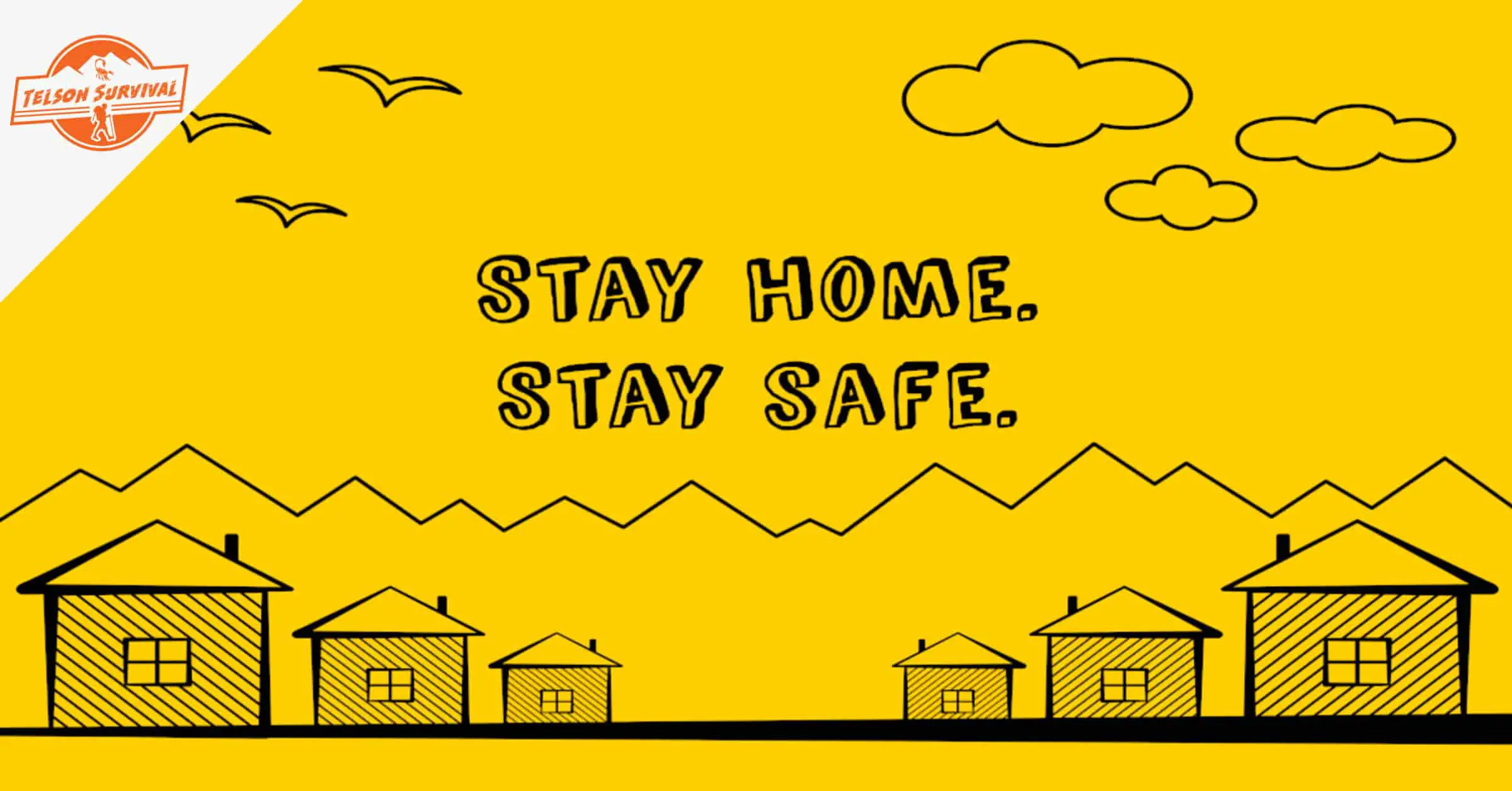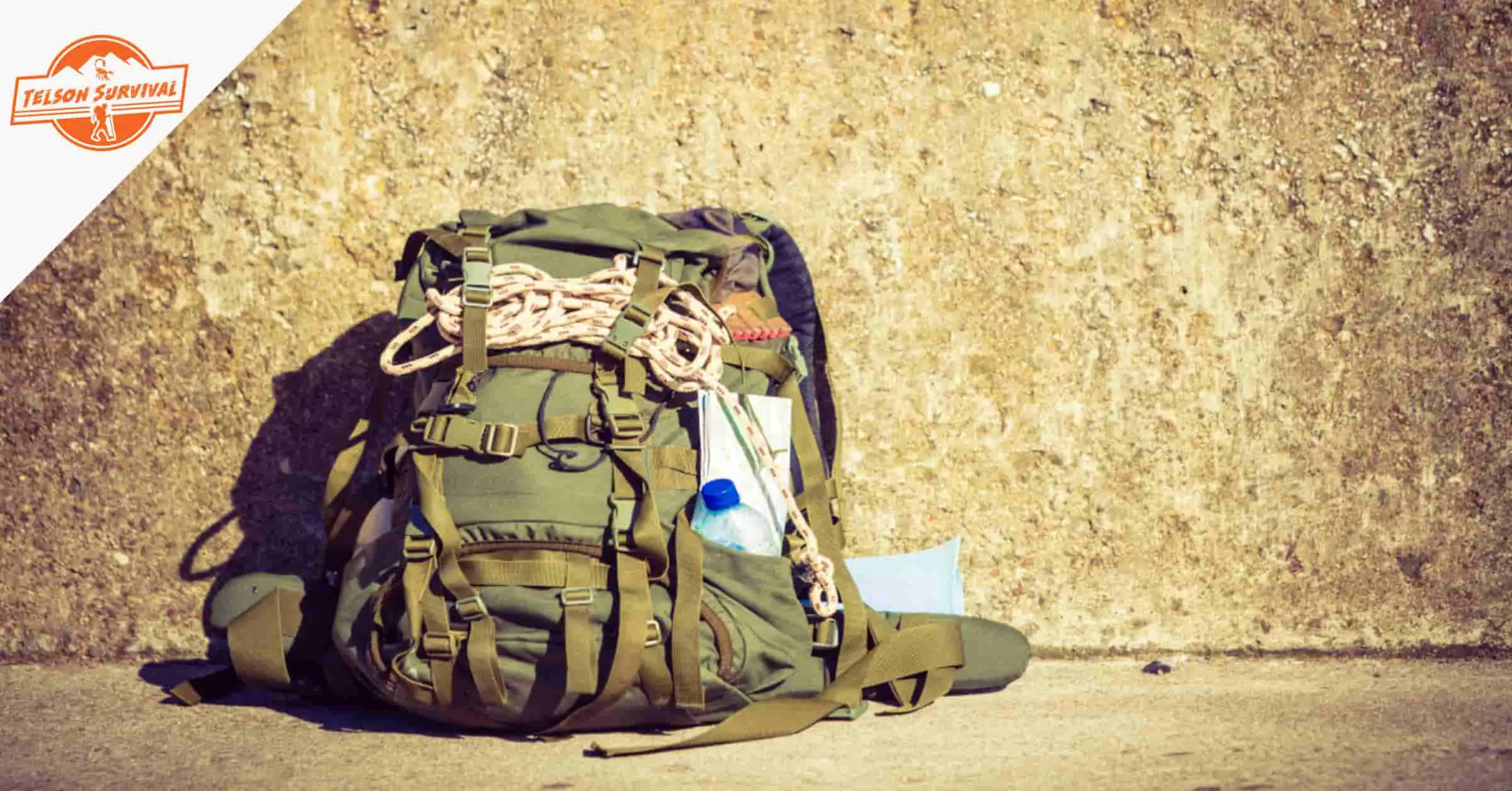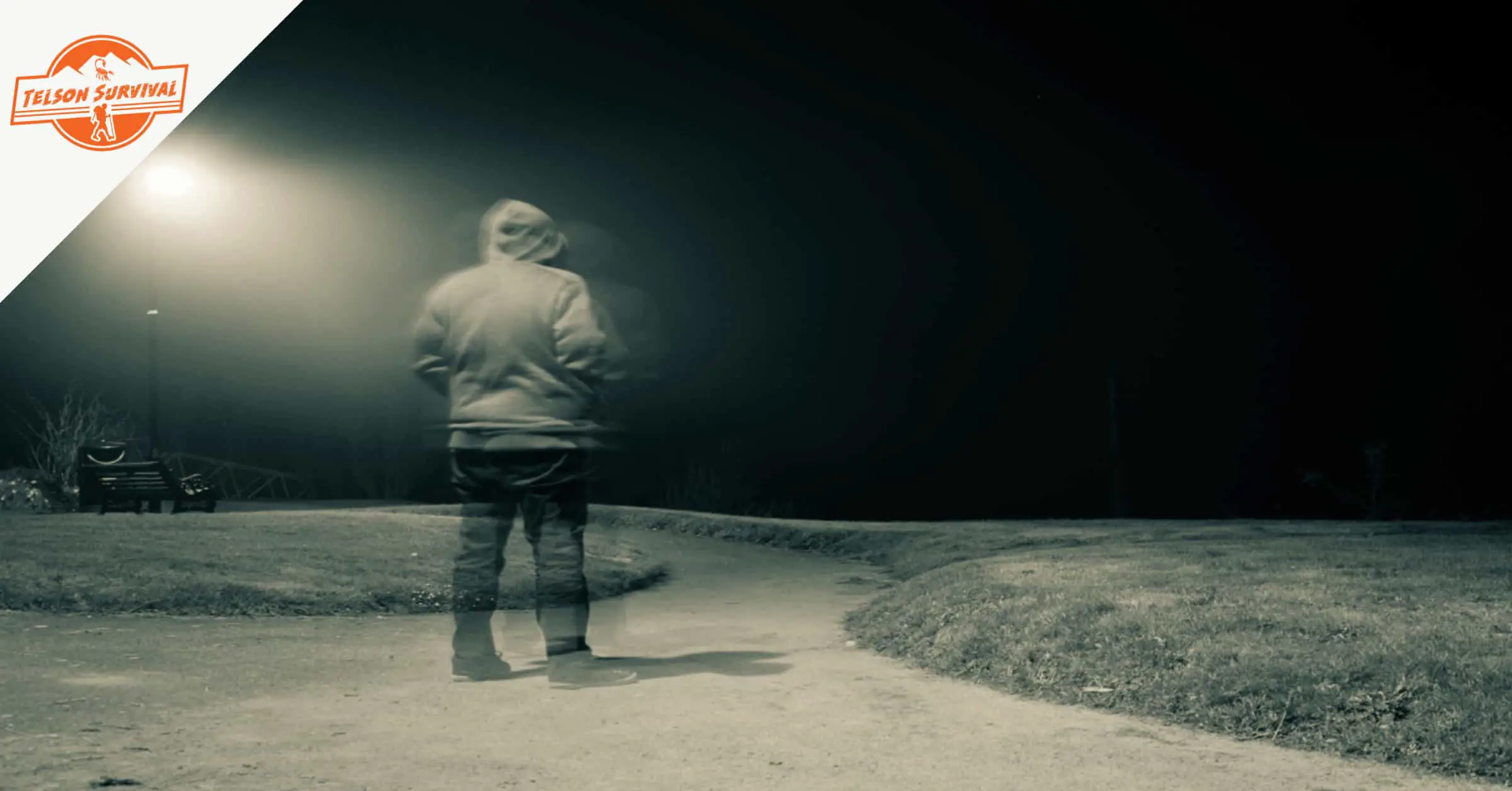The year 2020 taught us a lot. It was never more apparent that we need to be prepared to hunker down and bug in at home. In recent generations, we have never lived through such a stark reminder that stockpiling food is a good idea.
If you are one of the countless individuals who invested in a prepper freezer recently, you are probably wondering how to strategically fill it for the next time that SHTF. What are the best survival foods for freezing?
Meat, vegetables, certain kinds of fruit, dairy products, and ready-to-eat meals should all be mainstays in the modern prepper´s freezer. You'll want to freeze foods that you normally consume while maintaining the practice of rotating through them and constantly restocking.
It's normal to have all kinds of doubts about freezing your survival food. Questions such as How do you know when frozen food is bad? or How long is frozen food good for? are really common.
In this article we´re going to lay to rest any doubts or confusions you may have about freezing food. We´ll also let you know which are the best survival foods for freezing.
Prepper Freezer Food - Advantages and Disadvantages
As a prepper, you are probably aware of the main disadvantage of counting on a freezer to store your survival food.
If the grid goes down and you lose power for more than a couple of days, the food in your freezer is at risk of going bad and being wasted. Fortunately, there are certain things you can do to protect your food if that happens. There are also skills you can learn so that you can process your freezer food quickly to avoid loss.
Other disadvantages to storing your food in a freezer include:
- Freezer burn
- Loss of quality
- Forgetting what you have
The advantages of having a stockpile of prepper freezer food far outnumber the disadvantages:
- Store homemade, healthy, and ready-to-eat meals.
- Prevents the spread of microbes while maintaining your food permanently ¨fresh¨.
- Extends the shelf life of food indefinitely.
- Preserves nutrient content.
- Reduces food waste.
- Saves time when preserving a large quantity of food.
- Purchasing already frozen food is economical.
When you weigh the pros and the cons, it becomes obvious that having a prepper freezer stocked full of frozen food is a good idea.
Best Prepper Frozen Food
The best prepper frozen food is food that you will eat. There are so many things that you can purchase and stockpile for the freezer, but if it is something that you do not like or will not enjoy eating, why bother?
That being said, the best prepper foods for the freezer include (and yes, we know, there are way more than 7):
Meat, Fish, and Poultry
There are a few different ways we come by our meat, fish, or poultry as preppers. Some of us hunt. Some of us farm. And still others track down great deals on bulk buys. No matter what, we all strive to have a large stockpile of meat preserved for long-term storage.
Freezing your meat allows you to preserve it so that when you finally want to consume it, months or years later, it is nearly as fresh as the day you put it in the freezer. If your preferred method of storing meat for long-term storage is not freezing, a freezer allows you to stash the meat safely away until you find time to dehydrate, can, or cure it later.
Certain Fresh Fruits and Vegetables
The same is true for fruits and vegetables as it is for meat.
Take advantage of cheap supermarket prices and stockpile frozen fruits and vegetables such as peas, broccoli, carrots, blueberries, peaches, or strawberries. Alternatively, you can freeze an abundant harvest from your survival garden (or a bulk purchase from a local farmer) with less effort than canning.
You can store these foods as is, but it is also possible to process them later for long-term storage outside of the freezer. Just remember, it is not a good idea to dehydrate previously frozen fruits or veggies. We recommend that you process them into jams, jellies, or pre-cooked meals that can then be dehydrated or canned.
Processed Fruits and Vegetables
Certain fruits and vegetables, like apples or tomatoes, do not freeze very well without further processing. You can, however, freeze apple sauce or tomato sauce.
If you find yourself with more applesauce, tomato sauce, or squash puree than you can possibly process through canning or dehydrating, stick them in the freezer. As part of your survival food cache food rotation plan, you can use these foods before you start using your canned goods.
We are, obviously, talking about ways to preserve fresh foods for long-term storage. It does not make a lot of sense to purchase commercially canned goods and put them in the freezer.
Dairy Products
Many people do not realize that products such as liquid milk, butter, and even certain cheeses can easily be frozen to prolong their shelf life.
This is a convenient option for those of you with homestead animals looking for a way to process your dairy for long--term storage.
Having a freezer will also help you to take advantage of great deals at the supermarket without worrying that the products will expire before you can use them. Leave your powdered milk in the pantry and cycle through your frozen milk from the freezer first.
Ready to Eat Meals
If you are not into creating home-cooked meals, a freezer is a great place to stockpile frozen foods like waffles, TV dinners, premade burritos, or boxed pizzas.
If you are more into the homemade thing, your prepper freezer is an amazing tool to have on hand for the long term storage of your ready-to-eat survival meals.
You can easily freeze soups, stews, casseroles, pasta, beans of all kinds, rice, or pretty much anything you can think of. There are very few foods that you cannot pre-cook and then freeze.
Pantry Staples
It is always a good idea to have a space handy in your freezer to place pantry items such as flour, rice, nuts, and seeds.
Certain flours, such as rye flours, whole wheat flour, and all nut flours have a higher concentration of oils. This means that if they are left at room temperature in the pantry, they will quickly go rancid. Storing them in the freezer will extend their shelf life for months without impacting the texture or flavor. This also holds true for different nuts and seeds.
Other items, like rice and beans, can be placed in the freezer for a couple of days before placing them in mylar bags and sealing them for long term storage. This will kill off any bugs or larvae that may be hiding in the packaging.
Other Products
Foods like bread, cakes, pies, juice, and even eggs can all be stored in your prepper freezer. Eggs, for instance, should be cracked out of their shell and stored in bags. Juice and other liquids can be stored in plastic jugs but should have a little space in the container for expansion.
We recommend pre-freezing, then vacuum sealing any baked goods to prolong their shelf life in the freezer.
Prepper Foods That Don´t Freeze Well
If you wonder what are some of the survival foods that you should never freeze, we have good news for you. There aren´t any. There are, of course, certain prepper foods that do not freeze well. If you want to preserve their consistency and texture, they should not go in the freezer.
- Watery fruits and vegetables like celery, cucumber, and lettuces should not be frozen. They tend to turn into a gelatinous mess when thawed. If you really have no other option and want to put these up for long term storage, consider blending them into a thick juice or paste. Freeze them in ice cube trays and add them to your food as needed.
- Never freeze eggs in their shell. Follow our recommendation above.
- Canned goods, still in the can, should not be frozen. Commercially canned goods, like tuna fish, vegetables, or canned meat, can easily be divided into smaller portions. Repack each portion into vacuum-sealed bags and refreeze.
- Mayonnaise, cream, cream-based products, and starch thickened gravies will separate when thawed. This does not mean that they cannot be frozen, but it does mean that they will never have the same consistency after they are thawed.
- Homemade pre-fried foods will thaw out to be soggy and gross. If you really want to have a frozen fried burrito, purchase the commercially made version.
- Carbonated drinks. Just trust us on this one.
Prepper Frozen Food Safety Tips
According to the USDA, food kept at 0 degrees Fahrenheit is safe indefinitely. This means that as long as it has stayed completely frozen, and was safely thawed, it is fine to eat.
It is really important when prepping your survival food for the freezer that you follow all of the basic food handling safety guidelines. This will ensure that the food goes into the freezer ¨clean¨ and minimizes any chance for spoilage once the food is thawed.
- Use different utensils when preparing raw meat for freezing.
- Wash and sanitize all utensils before using them and if they fall to the floor.
- Wash your hands thoroughly when handling food to be frozen.
- Make sure all appliances (like vacuum sealers) are clean and functioning properly before use.
- Clean as you go. Continually wipe up spilled or splattered blood from your work area.
If you are making prepared food, such as ready-to-eat meals, soups, jams, or sauces, you need to follow a couple of other standard safety guidelines when preparing your prepper food for freezing.
- Use packaging that is resistant to moisture vapor. This means using vacuum-sealed bags, freezer bags, or sealable freezer containers. This prevents freezer burn and possible leakage.
- Cool foods quickly. Prepared foods destined for the freezer should not be left to cool for more than two hours at room temperature. Instead, quickly cool food by placing it in a tray filled with cold or iced water.
The following tips are good to keep in mind to make sure your food freezes safely and to avoid any potential problems later on.
- Label each food item and write the date it was packaged on. This will help you rotate through your food stockpile and consume your food while it still is at its peak quality.
- Do not overpack your freezer. Spread warm packages throughout your freezer and never put more food in it than can freeze within 24 hours. This prevents strain on the freezer and poorly frozen foods.
Inevitably, something will get lost in the bottom of the freezer. Seals will break and food will get freezer burnt. It's important to know what to do in these situations to avoid unnecessary food waste. Here are the answers to some of the most frequently asked questions about prepper freezer food.
How Do You Know When Frozen Food is Bad?
There are a couple of different signs that you can be on the lookout for to know if your frozen food has gone bad.
- It is encased in frozen water or blood. This means that at some point the food fully thawed and then refroze.
- It smells weird. When your food thaws out, it should smell fresh. If it smells off in any way, consider it lost.
The main danger for frozen food is that it fully thaws, stays too warm for too long, and then refreezes. This may happen if you experience an extended power outage. Normally we know if our power has been out for a few days, but if you have to evacuate in an emergency or simply go on vacation, your freezer may lose power and you would never know.
There is a simple trick that you can do to know whether your freezer food was endangered in any way by an unexpected thaw.
Place a container of water in your freezer, and when it freezes solid place a coin on top of it. Leave that in your freezer and after every extended absence away from home, take a look at it. If the coin is embedded into the ice, then you know a thaw took place. If the coin is at the bottom of the container, you know that a complete thaw happened and your food may be at risk.
Here´s a good rule of thumb: When in doubt - trash it.
Is it Safe to Eat Frozen Food with Ice Crystals? Can You Eat Food with Freezer Burn?
Yes. You can eat frozen food that has freezer burn. Those tell-tale ice crystals that indicate freezer burn are simply the frozen water crystals escaping out of your frozen food.
As long as your food is properly thawed, there is no danger in eating it. The flavor, texture, and overall quality, on the other hand, may leave you disappointed.
Can You Get Food Poisoning from Frozen Food?
Yes and no. Frozen food will not exactly give you food poisoning. However, if you thaw it improperly or cook it improperly, you could potentially get sick from a stray microbe. Freezing does not always kill bacteria, it just inactivates them. That's why frozen food has an indefinite shelf life.
To avoid any inconvenient food poisoning, be sure to follow all food handling safety guidelines when preparing your food to be frozen. Thaw your food in a refrigerator and prepare your meal within 3 to 4 days of thawing.
When reheating a precooked frozen meal, make sure it reaches an internal temperature of at least 165 degrees Fahrenheit.
Can You Refreeze Thawed Meat?
Yes. If you follow food safety guidelines when initially packaging and freezing your meat and then thawed it in the refrigerator, you can safely refreeze it. In fact, you can thaw and refreeze pretty much any food as long as it was not left out of the refrigerator for more than two hours.
Refreeze meat or other prepared foods within 3-4 days of thawing.
How Long Before Prepper Freezer Food Goes Bad?
Prepper foods stored in the freezer do not go bad unless they were thawed improperly and then refrozen.
If you take all the measures to make sure your food stays at or below 0 degrees Fahrenheit, it will have an indefinite shelf life. This means that you can pull a seven year old steak out of the freezer and eat it with no problems.
But, and this is a big BUT, the quality of the food will diminish. This is why guidelines have been drawn up to help you know when to eat your survival food before it develops a degraded texture and starts losing flavor and nutrients.
Frozen Survival Food to Eat Before 6 Months
The following prepper foods should be eaten before six months for optimum flavor, texture, and nutrient value:
- Frozen pre-cooked meals, including meats, soups, and stews.
- Bacon and sausage
- Pork chops
- Organ meats & giblets
- Fatty fish
- Smoked or cooked fish
- Other seafood
- Ham
- Processed meats
- Pies
- Cheese
- Milk
Frozen Survival Food to Eat Before 1 Year
These foods should be eaten before a whole year has passed if you want high-quality flavor and texture:
- Raw eggs (taken out of the shell) or liquid eggs in a carton
- Steaks
- Roasts
- Chicken
- Turkey
- Lean fish
- Fruits
- Vegetables
- Cakes and cookies
- Bread and rolls
- Butter
Frozen Survival Food that Will Keep for 3+ Years
Remember, all frozen foods will keep indefinitely while frozen. The recommended timelines we give above are just that - recommendations. If you practice appropriate freezer maintenance and can guarantee that your food has not unexpectedly thawed, all of your food will keep for the long term.
The Takeaway on Prepper Freezer Food
If you are ready to start stockpiling prepper freezer food, the most important thing to remember is that the best survival foods for frozen storage depend on your personal tastes.
Be sure to follow food-handling safety guidelines when preparing your food for the freezer and make sure to invest in quality packaging to protect your food over the long term.
Enjoy the peace of mind that comes with having a full freezer!

